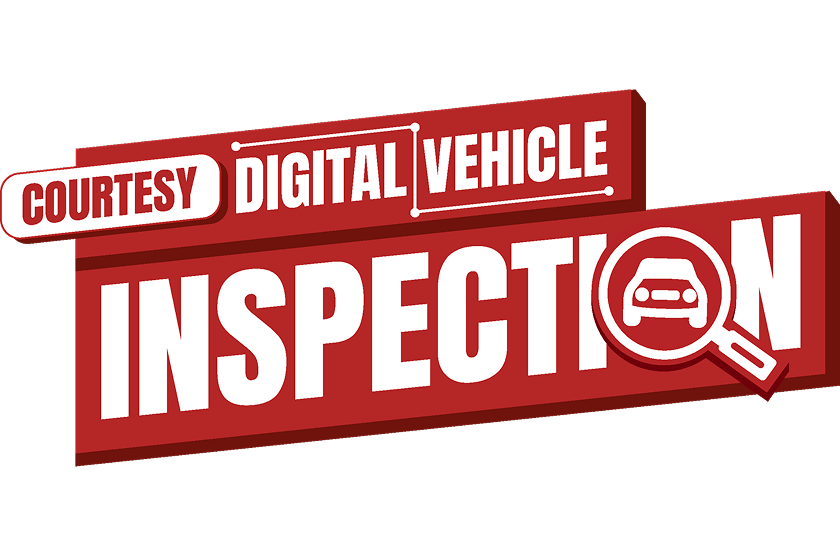Auto Maintenance
$25 OFF
ALL ONLINE APPOINTMENTS

Offer expires 12/31/25
View DetailsOnline Special · Save $25 when you book online

At Reliable Automotive, our certified technicians provide complete auto repair—from engine diagnostics and brakes to transmissions. Every service is backed by our nationwide warranty, so you can drive with confidence.
Shop service deals, tire savings, and complete auto care offers so you can save more on the services and repairs you need.

Get quick answers to your most common questions about maintenance, repairs, warranties, and more.
You should service your vehicle every 5,000 to 7,500 miles or every 6 months, whichever comes first, for routine maintenance like oil changes and inspections. Always check your owner’s manual, as some vehicles and driving conditions may require more frequent attention to keep everything running smoothly and safely.
Appointments are recommended, but walk-ins are always welcome.
Absolutely. We provide clear estimates and only complete the work you approve.
It could be something simple or serious. We recommend a diagnostic scan to find the cause.

We believe car care should be clear as day. That’s why every visit includes a Courtesy Digital Vehicle Inspection, a 50+ point check of your car’s key systems. From under the hood to around the wheels, our Sun & ASE-certified technicians assess your vehicle’s condition, note what needs attention now and what can wait.
Discover expert advice on tire care, maintenance, and safety to keep you rolling smoothly and confidently.